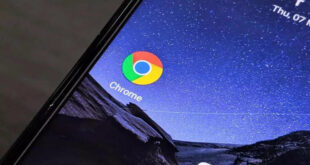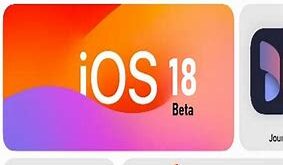DJI on Tuesday announced the latest entry in its popular line of consumer drones the Mavic Air.The Chinese firm, which is estimated to hold around 70 percent of the consumer drone market, showcased the new device at an event in New York City. So in this article, I will tell you about DJI’s New Mavic Air Drone.

What we covered?
DJI’s New Mavic Air Drone
At first blush, the Mavic Air appears to find a middle ground between DJI’s beginner-friendly Spark drone and its pricier but more technically capable Mavic Pro. Like both of those devices, the Mavic Air is small—at 168x184x64mm, it’s a bit larger than the Spark but smaller than the Mavic Pro. Like the latter, its arms can be folded inward, which should make it relatively easy to pack and transport. Its design doesn’t stray too far from the past, either, with the rounded, swooping lines of its chassis punctuated by stubby, Spark-like propeller arms.
The whole thing weighs 430 grams, which is much lighter than the Mavic Pro’s 734g and a bit heavier than the Spark’s 300g chassis. DJI says it can reach up to 42.5 miles per hour in its “sport” mode, which is faster than both the Spark (30mph) and Mavic Pro (40mph). It has a flight range of 2.5 miles with the included controller—provided you keep it in your line of sight—which is closer to the Spark than the Pro. With a smartphone, that range drops to 262 feet, the same as the Spark. DJI says it can fly stably in winds up to 22mph, the same as the Mavic Pro.
That balance is also reflected in the Mavic Air’s specs. The drone carries a 12-megapixel camera with a 1/2.3-inch CMOS sensor and a 24mm-equivalent F2.8 lens. As with all DJI drones, that camera comes integrated into the device. Notably, like the Mavic Pro, it’s capable of capturing video in 4K up to 30 frames per second, with 1080p video up to 120fps. It can also take DNG photos. Video from the Spark, by contrast, maxed at a lower 1080p resolution and 30fps. A USB-C port and 8GB of internal storage come built into the Air as well.
The device also uses a three-axis gimbal, which should give that camera a little more stability and flexibility while filming compared to the Spark’s two-axis option. There’s also a 32-megapixel mode for wide-ranging panorama shots, a slow-motion video mode that gets the 1080p video up to 120fps, and an HDR shooting mode.
DJI rates the Mavic Air’s battery as getting up to 21 minutes of flight time, which, again, splits the difference between the Spark (rated at 16 mins) and Mavic Pro (27 mins). There are seven cameras and infrared sensors onboard the machine, and DJI says it has boosted the obstacle-avoidance and “visual positioning system” tech that gives these things some protection from clumsy pilots. We’ll have to put the Mavic Air through its paces before we’re able to corroborate that, though. The quieter propellers of last year’s Mavic Pro Platinum are not here, either, so flying the drone around is still fairly noisy.

